| TALES OF HEATH & POND |
VISITOR'S GUEST BOOK | HISTORY OF THE HEATH & POND | GUESTS' PHOTOGRAPHS | SOURCES OF INFORMATION | VIDEOS | SITE MAP |
Dogs
Many people walk their dogs around the heath and pond and we have become friendly with both dogs and owners - especially since Liz has started taking dog biscuits with her!
Liz always checks with owners whether it is OK to give a treat before she does so.
If, for any reason you don't want your dog's name or picture to be shown on this page please let us know!
To see a larger copy of each image click on it; to see the next large image click at the right of the image, to go back click on the left of the image. To close a large image click on the cross in the top right hand corner.
New photographs are usually added to the bottom of the page - click to go to the bottom of this page
2020 |
||
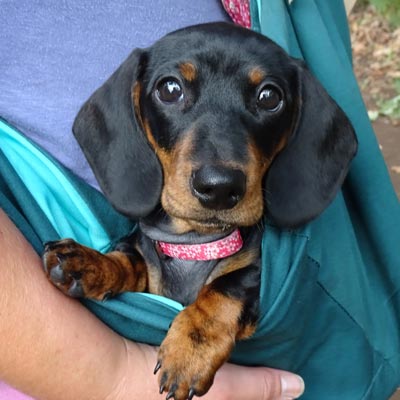 |
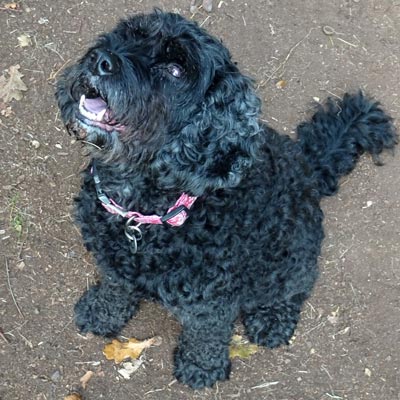 |
|
| Binky | Tilly | |
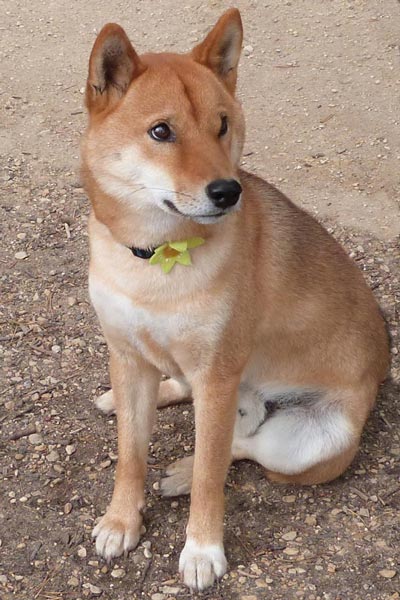 |
|
|
| Rocket | ||
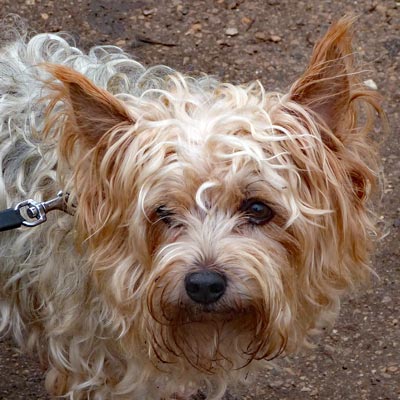 |
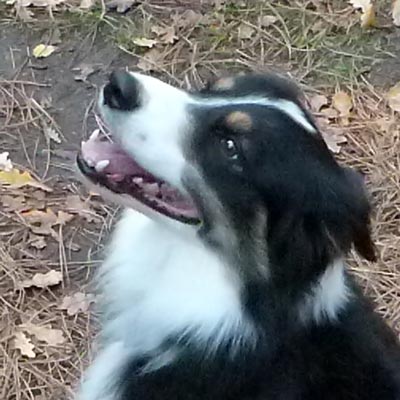 |
|
| Jack | Oscar | |
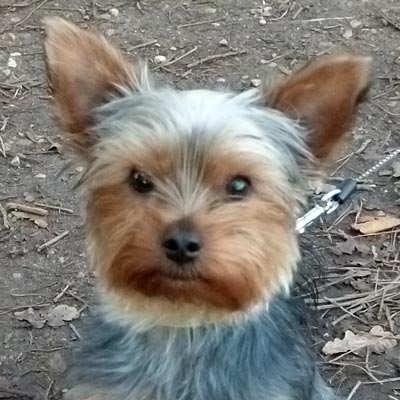 |
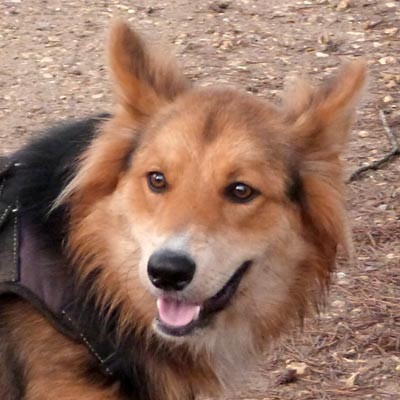 |
|
| Mischief | Buster | |
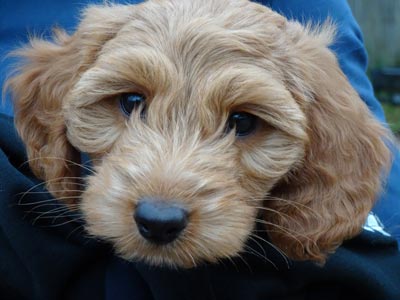 |
||
| Dixie | ||
 |
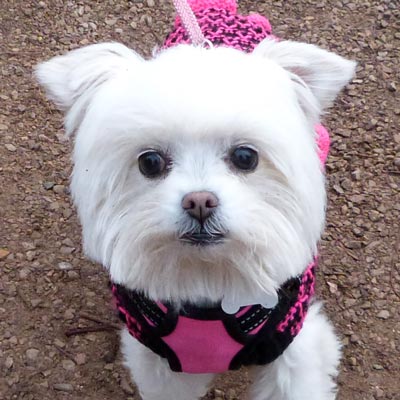 |
|
| Masie | Holly | |
 |
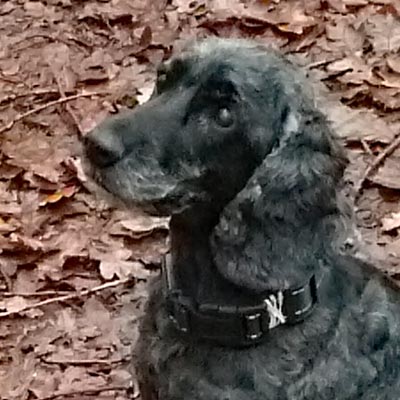 |
|
| Wilma | Lola | |
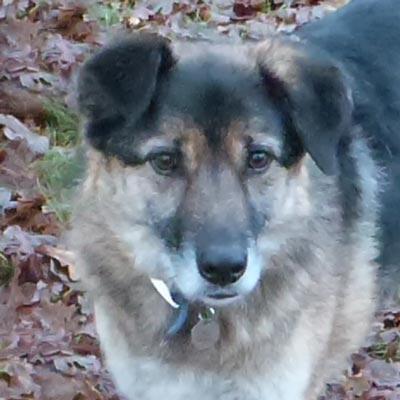 |
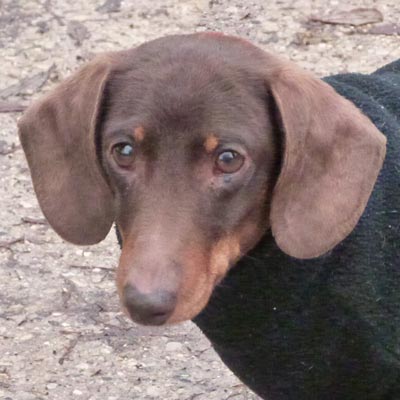 |
|
| Dino | Sizzle | |
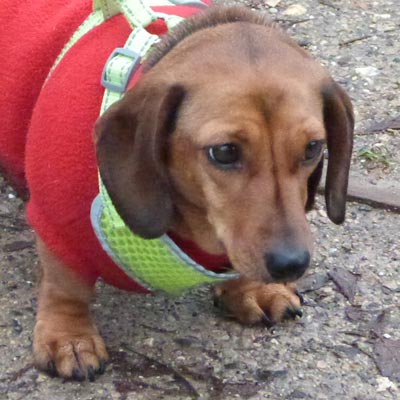 |
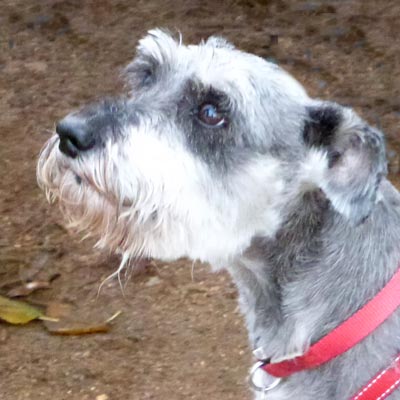 |
|
| Fifi | Zeek | |
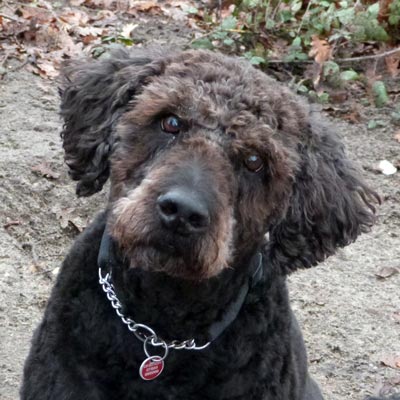 |
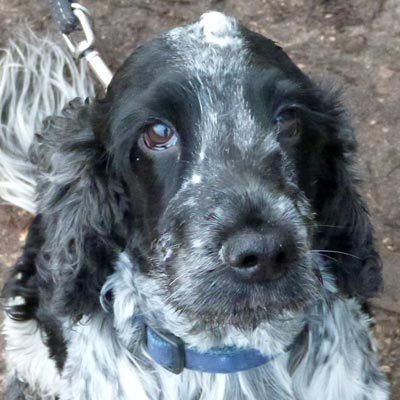 |
|
| Chenda | Darcy I | |
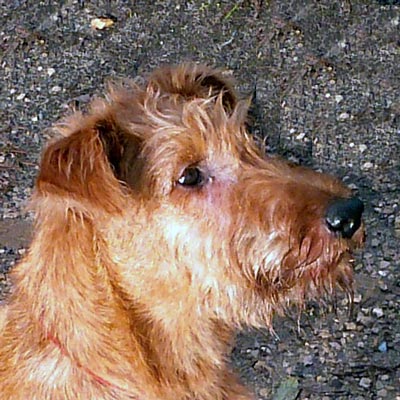 |
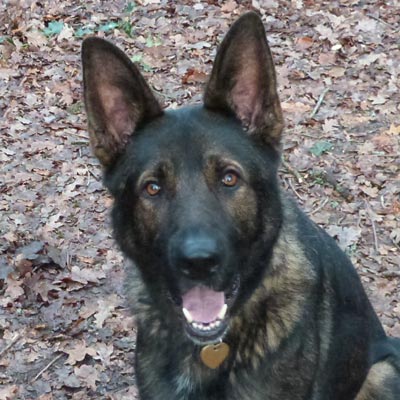 |
|
| Monty | Hardy | |
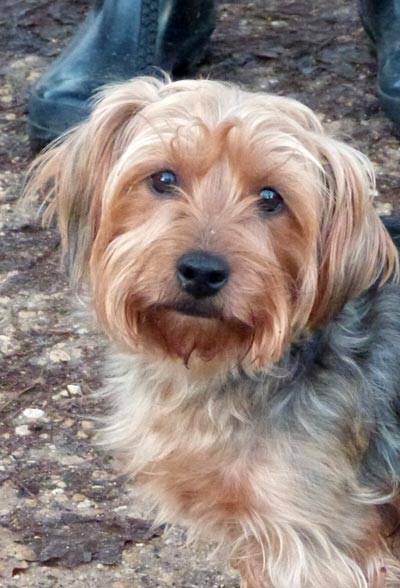 |
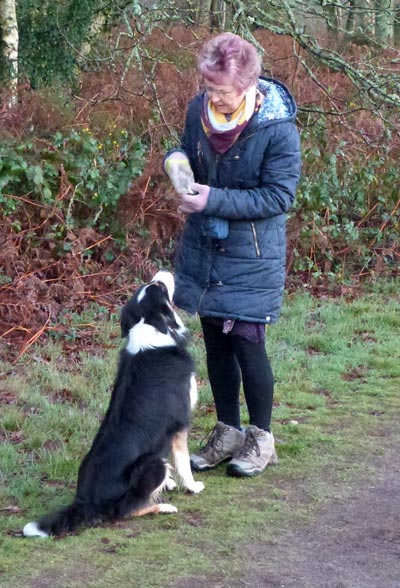 |
|
| Darcy II | Oscar and Liz | |
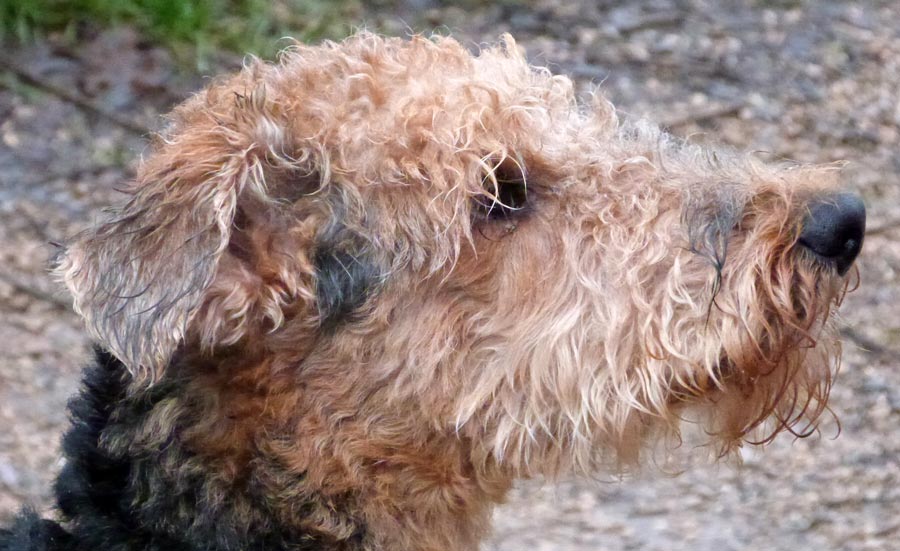 |
||
| Alfie | ||
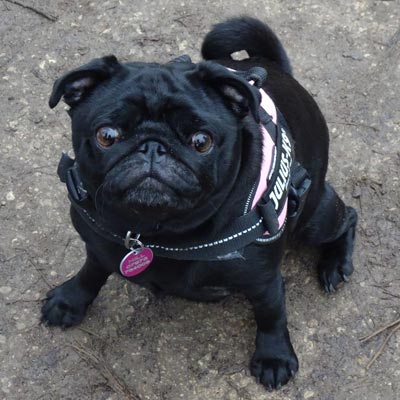 |
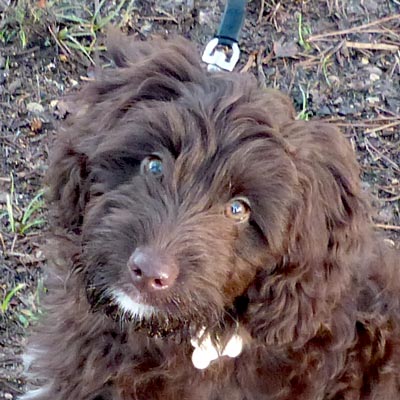 |
|
| Pearl | Charlie I | |
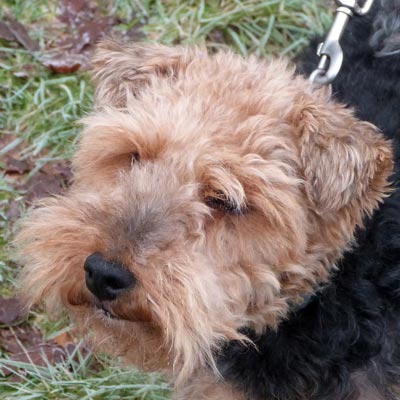 |
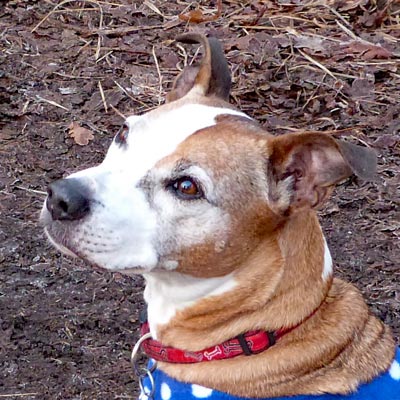 |
|
| Myrtle | Charlie II | |
2021 |
||
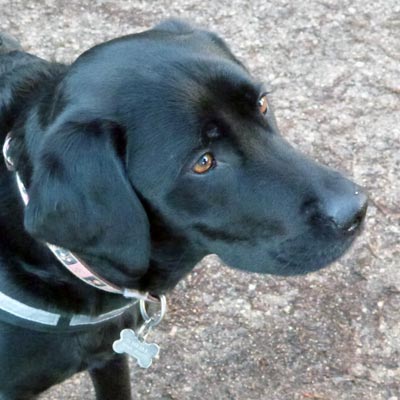 |
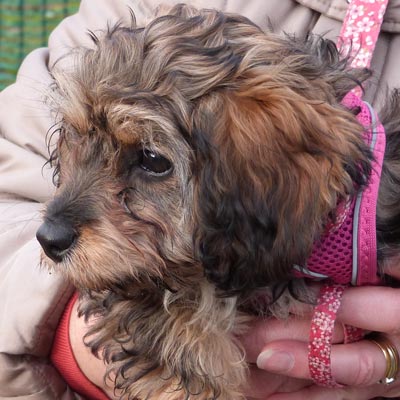 |
|
| Misty | ||
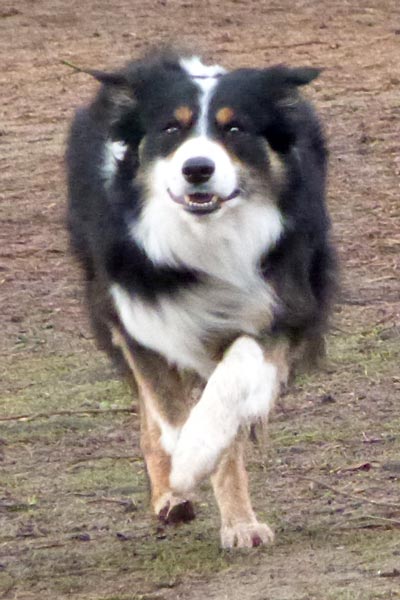 |
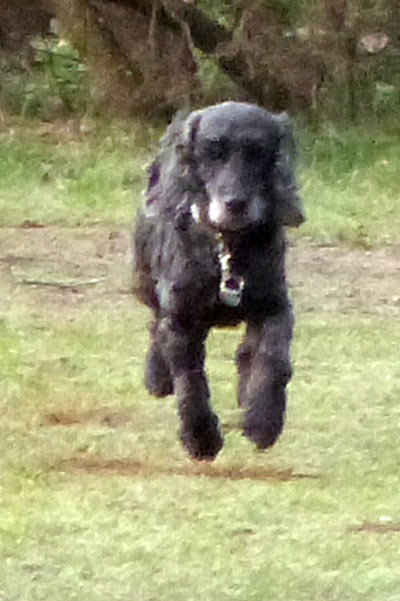 |
|
| Oscar has spotted Liz! | Lola has also spotted Liz! | |
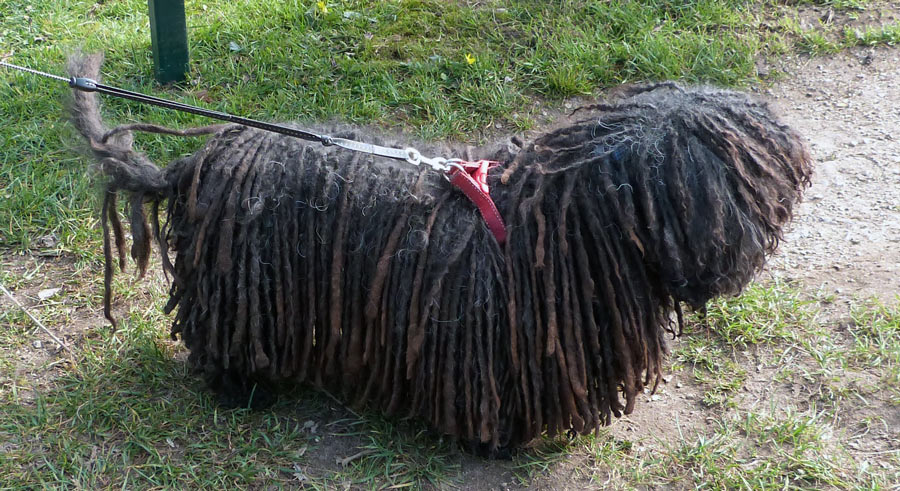 |
||
| Toddy - a Hungarian Puli | ||
| The Puli is a small-medium breed of Hungarian herding and livestock guarding dog known for its long, corded coat. The tight curls of the coat appear similar to dreadlocks.
The coat is the result of a controlled matting process. Thin, rope-like corded coats are desired and the grooming should control the coat towards the forming of thinner ropes. The Puli's coat needs considerable grooming to keep its cords clean, neat, and attractive. With age, the coat can become quite long, even reaching the ground. Alternatively, the coat can be trimmed short regularly for easy maintenance although the corded coat is what attracts many people to the breed. |
The breed is intelligent and can do well in obedience training if begun early. Traditionally, the Puli dog breed was used as a herding dog and sometimes even as a livestock guarding dog, as well. They make very good guard dogs, since they are very protective of their masters and territory. The Puli is sensitive, fun-loving, courageous, but also tough and headstrong.
They are loyal to their owners and wary of strangers. They are highly active and keep a playful, puppy-like behavior their entire lives. They need a lot of exercise and free space, preferably outdoors - Pulis are generally not very well suited as city or indoor pets. Wikipedia |
|
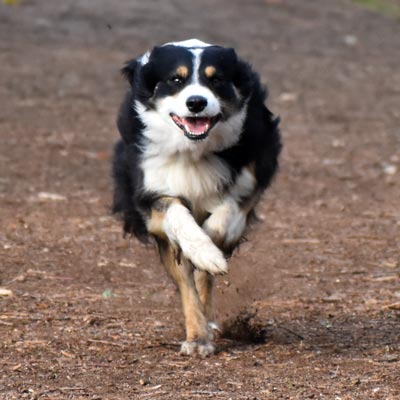 |
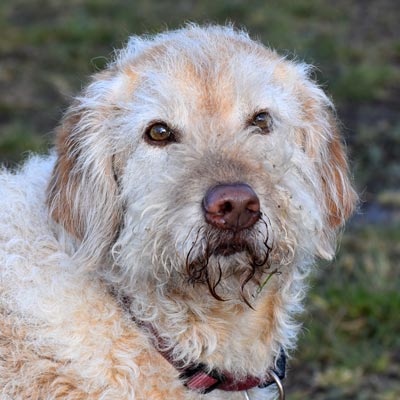 |
|
| Oscar has spotted Liz again! | Mrs Miggins | |
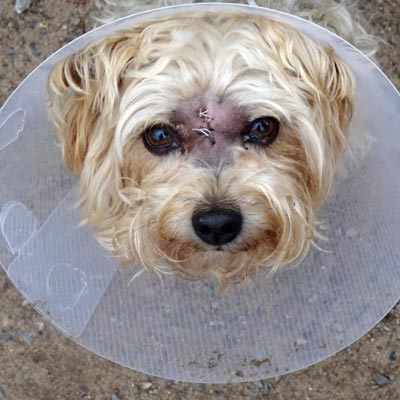 |
 |
|
| May 2021: Poor old Jack had a cyst removed and had to wear a plastic collar! | Harvey | |
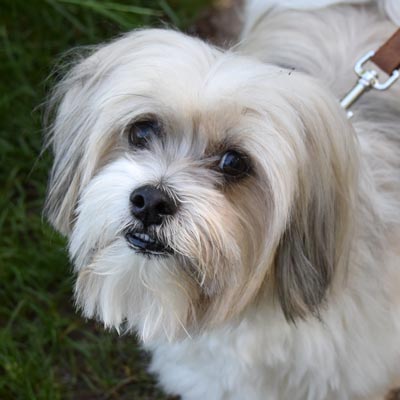 |
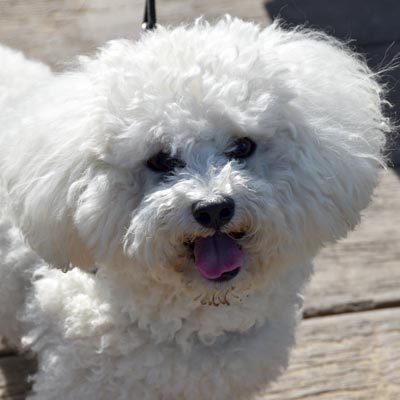 |
|
| Dylan | Jake | |
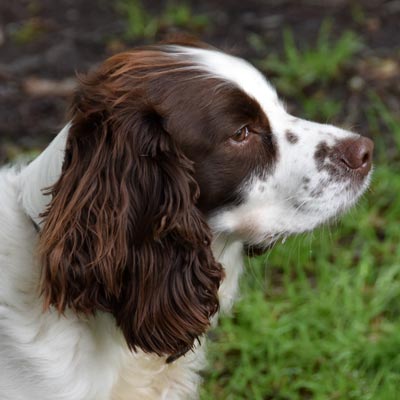 |
||
| Poppy | ||
| .Go to the top of this page | ||
 "Man's best friend" is a common phrase used to describe domestic dogs, referring to their millennia-long history of close relations, loyalty, and companionship with humans.
"Man's best friend" is a common phrase used to describe domestic dogs, referring to their millennia-long history of close relations, loyalty, and companionship with humans.